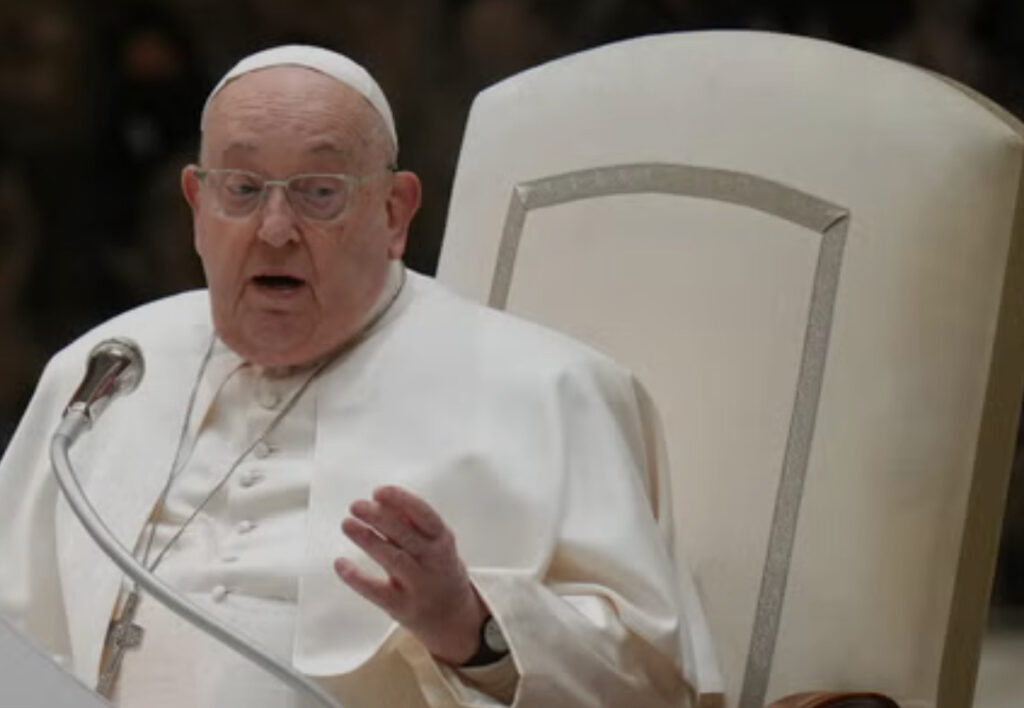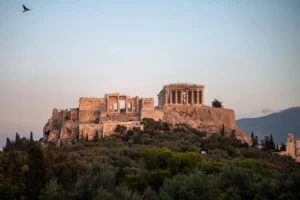As the first light brushed across the cobblestones of St. Peter’s Square this morning, an extraordinary chapter of modern history came to a close. In the early hours of the Roman dawn—4 a.m. ET—the funeral of Pope Francis began, drawing an unprecedented tide of mourners, dignitaries, and pilgrims from every corner of the globe. The square, hallowed by centuries of ceremony, vibrated with a singular reverence that transcended nations, faiths, and political divisions.
More than 200,000 souls converged upon the heart of Vatican City, a testament not only to Francis’s global stature but to the profound personal connection he cultivated during his papacy. Among them were dozens of world leaders: President Donald Trump, Argentine President Javier Milei—a fellow countryman from Francis’s beloved Buenos Aires—and Ukrainian President Volodymyr Zelensky, who arrived bearing both the solemnity of the moment and the complex burdens of ongoing conflict. It was a gathering not merely of the powerful, but of the humbled—united for a final farewell to a man who, despite his throne of tradition, insisted always on the radical humility of service.
Yet for all the grandeur of the attendance, it was the simplicity of the ritual that defined the morning. Francis had made his wishes unmistakably clear: a burial not in the splendor of St. Peter’s Basilica among popes and martyrs, but in the ground—in Rome itself—becoming the first pope since 1903 to be buried outside Vatican City. His tomb would bear no lavish ornamentation, no Latin flourishes, no golden insignia. Just a single word, chiseled plainly: Franciscus.
In this final act, Francis—born Jorge Mario Bergoglio—etched into history the values he had spent a lifetime preaching. Simplicity. Humility. Humanity.
A Life Rooted in Service
From his first hesitant wave from the balcony of St. Peter’s Basilica in 2013, Francis distinguished himself not by grand pronouncements, but by small, profound gestures. The first Jesuit pope. The first pope from the Americas. The first to take the name “Francis” in honor of St. Francis of Assisi, champion of the poor, the humble, and the earth itself.
Where many before him were ensconced in the grandeur of papal tradition, Francis preferred to walk among the people. He eschewed the papal apartments for a modest guesthouse. He wore simple white robes. He rode in a Ford Focus instead of a bulletproof limousine. His pontificate was marked by a tireless focus on the marginalized—the poor, the refugees, the imprisoned, the forgotten.
Today, as a world strained by inequality, war, and ecological devastation gathered to mourn, the echoes of his compassion resounded louder than ever.
The Ceremony: Light, Stone, and Silence
The funeral itself unfolded with a solemn grace, meticulously adhering to Francis’s stated wishes. No soaring orchestral accompaniment, no elaborate processional splendor. Instead, a mournful simplicity cloaked St. Peter’s Square.
The pallbearers, clad in humble garb, carried the simple casket—crafted from wood, unadorned—toward a temporary altar. Candles flickered against the pre-dawn sky, throwing long, wavering backgrounds across the thousands gathered. Rosaries twined through fingers. Silent prayers rose like mist.
World leaders stood shoulder to shoulder with farmers, nurses, schoolchildren, migrants—an assembly Francis would have cherished. President Trump bowed his head, hands clasped. Javier Milei, though often critical of ecclesiastical institutions, crossed himself reverently. President Zelensky, battle-worn and solemn, offered a wreath adorned in blue and yellow.
And yet, the most powerful tribute came not from speeches or salutes, but from the quiet, undulating presence of the faithful: their stillness, their tears, their collective memory of a man who had insisted, against centuries of precedent, that the truest power was to be found in serving others.
A Burial Outside the Walls
Perhaps most radical was the burial itself. In accordance with his will, Francis refused a resting place within the Vatican’s traditional crypts. Instead, he chose a simple grave within the soil of Rome, unmediated by marble or monument. His reasoning, revealed in fragments of interviews and private correspondence, was disarmingly consistent: “I wish to return to the earth, among the people.”
It was a move both symbolic and seismic. Since 1903, when Pope Leo XIII became the last to be buried outside Vatican walls, every pontiff had rested in the rarefied sanctity of St. Peter’s. By breaking with this tradition, Francis shattered yet another layer of clerical exceptionalism—a final, silent homily to his belief that no human institution, not even the papacy, should separate itself from the suffering and dignity of ordinary life.
His simple tomb, bearing only the name “Franciscus,” will not tower over the city, but nestle within it—a pebble among stones, a seed among roots.
Global Mourning, Global Legacy
Reactions from around the world poured in as the news of Francis’s funeral circulated. From the favelas of São Paulo to the refugee camps of Sudan, from megacities to mountain villages, mourning unfolded in countless forms: candlelit vigils, open-air masses, humble altars adorned with flowers and photographs.
Faith leaders of every denomination issued tributes, many noting how Francis had redefined religious leadership for a pluralistic world. Environmental groups lauded his encyclical Laudato si’, which had urged an unprecedented Catholic call to climate action. Advocates for the poor praised his unwavering commitment to economic justice. And for countless ordinary believers and skeptics alike, Francis had offered something rarer still: a vision of a global faith that prioritized mercy over dogma, tenderness over triumph.
Even his critics—those who had challenged his liberal-leaning views on migration, social justice, and LGBTQ+ outreach—acknowledged the integrity of his convictions. Agree or disagree, few doubted that Francis had tried to live the gospel he preached.
Franciscus: The Last Word
As the sun rose higher over Rome and the funeral drew to its close, the simplicity of Francis’s final moments stood in stark relief against the complex world he had left behind. The pallbearers lowered the casket into the ground. A single wooden cross was planted at the site. The crowd, usually so ready with applause at papal events, remained silent, save for the occasional sob carried on the breeze.
No elaborate tomb. No gilded sarcophagus. Just earth, stone, light, and a name: Franciscus.
In an age of division, spectacle, and noise, Pope Francis had offered a different model of leadership—one rooted in listening, in humility, in stubborn hope. He reminded us that greatness need not shout. That love, even when expressed in whispers, could still move mountains.
Today, as the world paused to lay him to rest, it was not merely the passing of a pope that we witnessed.
It was the passing of a spirit—quiet, indomitable, and urgently needed—that will continue to echo across time.
Franciscus: Servus servorum Dei.
Francis: Servant of the servants of God.
No comments yet.







